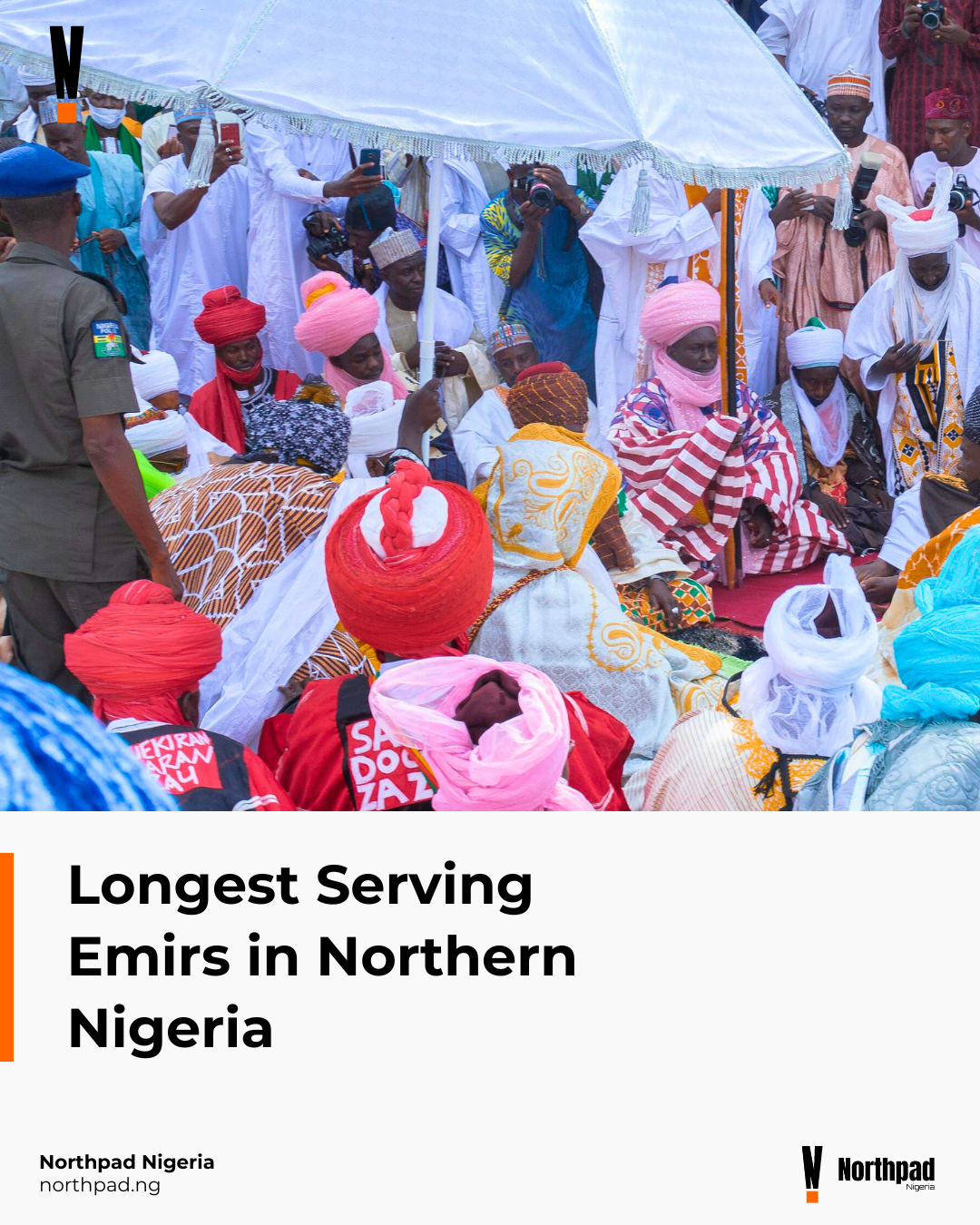Egypt usually flashes people’s minds whenever they think about the word pyramid. But then, it will baffle you to learn that it wasn’t only Egyptians who were skilled when it comes to constructing pyramids. Countries like Sudan, Peru, Mexico, Spain, Rome, China et al, cannot be sidelined because they also erected their own versions of pyramids which were worthy topics of discussion. History knows better.
However, Nigeria is not left out amongst the countries that built pyramids. Why Nigerian pyramids aren’t talked about much again is simply for the fact that it has disappeared. It’s not a structure made from blocks or stones or construction materials, but it is a food pyramid that existed for a considerable while and mysteriously disappeared into thin air. It was called “The Groundnut Pyramid”. Sacks of groundnuts neatly arranged atop each other in the form of a pyramid. A nifty idea many perceived it to be.
Moreover, it shall forever be engraved in the history books that northern Nigeria was responsible for the erection of that food pyramid. A pyramid that once tremendously supported the country’s economy in colonial and post-colonial Nigeria. Yet, the 20th century didn’t prepare a decent end for the Groundnut pyramid.
Origin of Kano Groundnut Pyramid
Turning back the hands of time to the early 20th century, Kano became one of the northern cities that took it upon herself to produce a large number of groundnuts. She gained popularity as international countries started benefiting from her groundnut production.
In the year 1912, a lot of farmers shifted their focus more on the cultivation of the aforementioned crops rather than giving other crops their attention, because the profit from groundnut was convincingly overwhelming. However, they delivered a huge chunk of the produce to Lagos via railway to keep their marketing tempo running successfully.
By the year 1919, some years after the amalgamation of the northern and southern protectorate of Nigeria, Alhaji Alhassan Dantata arrived in Kano. He went to Kano after learning about the success of Groundnut in the city. As a business merchant who travelled far and wide, he initiated the idea of erecting a pyramid with groundnuts inside their sacks and it was welcomed. Within a few years, his initiative rose him up to become one of the most accomplished merchants in Kano, distributing his groundnuts to the Royal Niger Company (RNC). His company stored his groundnuts in Kofar Nasarawa and arranged them as Pyramids prior to their shipment. A groundnut pyramid requires up to 15,000 sacks of groundnuts to be erected.
Seeing the feat that Kano reached, places like Bebeji, Dawakin Kudu, Kofar Mazugal, Malam Madori and Brigade also built groundnut pyramids in Kano.
The Backbone of Nigeria’s Economy
There was a given time, when groundnut production, was a piece of cake for Nigeria. She stood tall amongst other sister countries when she exported to European nations. It was one of the backbones of Nigeria’s economy.
With the sale of groundnuts, Nigeria was able to generate a gigantic revenue that kept the country moving. Unfortunately, not for long, it stop being the source of revenue the moment crude oil was discovered in Nigeria.
Factors that Led to Extinction of Groundnut Pyramid
One of the greatest mistakes Nigeria made was allowing the groundnut pyramid in Kano to fall victim to a great decline. She could have avoided this blunder if only she diversified her economy for so many reasons.
Furthermore, a lot of factors contributed to the extinction of the groundnut pyramid which shall be learned.
1. Discovery of Crude Oil
From the very moment Nigeria discovered the presence of crude oil in 1956, there has been an outright abandonment of agriculture. Before its discovery, agriculture was the primary source of the country’s revenue as it exported a lot of agricultural produce like rubber, cocoa and coffee, groundnut, palm oil and palm kernel, and hides and skin. But then everything soon changed.
The oil boom remains one of the gifts God gave Nigeria. It should have been an added value to Nigeria as a whole but Nigeria wasn’t intuitive enough to diversify her economy. It turned her attention from the groundnut pyramid to the crude oil.
2. Rosette Virus
This is a common disease that is known for attacking groundnut plants and is caused by aphids. When this epidemic surfaced, it wiped out a large degree of the crops. We can say that the outbreak of this virus also contributed immensely to the decline of groundnut production. It also discouraged farmers from planting the crops because they felt that there was no apparent remedy for it.
More so, Agricultural Development Programs (ADP) were not given proper consideration. Alas, it ultimately led to the dissolution of the pyramids.
3. Drought
One of the key reasons why the groundnut production couldn’t yield again was because of the insurmountable drought that crept in. Looking at it from a geographical point, it has been discovered that Kano is substantially vulnerable to drought than many regions. Man cannot fight nature. However, nature can only be controlled. But in this case, it was utterly impossible to control. Nigeria had not upgraded in their agricultural research in the late 1960s. Drought became very common and subsequently gave room for the incubation of the rosette virus.
The changes in the pattern of rainfall deeply affected the production of groundnuts. As such, the gargantuan production of groundnut became very minimal due to its effect.
4. Disbandment of Groundnut Marketing Board
Farmers became quite demoralized solely because they were not convinced of potential buyers any longer. For that, the sale of groundnuts dispersed across the country and there was no collection unit for the groundnut so that the pyramid could be built.
Can the Groundnut Pyramid in Kano be Revived?
After some time, there were attempts made by the Nigerian government to resuscitate the groundnut pyramid. Even though the land which was once used to build them are now filled with housing structures, there are plans to secure an expansive plot of lands to revive it.
In 2014, the administration led by Dr Goodluck Ebele Jonathan had plans to resurrect the long-forgotten Groundnut Pyramid in Kano. The then Minister of Agriculture and Rural Development, Dr Akimwumi Adesina, made it known that the government had a joint project with the International Crop Research Institute for the Semi-Arid Tropics (ICRISAT) with the purpose of magnifying the production of groundnut, as well as the resurrection of the pyramids.
In 2016, during a convention at Bayero University Kano, Dr Audu Ogbe, the then Minister of Agriculture, reassured that Federal Government have finalized their project of reconstructing the Kano groundnut pyramid through agricultural research and investment, while he spoke at the International Agricultural Workshop.
However, to date, all efforts to revive it have proven abortive. Other pyramids like the rice pyramids in Kebbi have however sprung up.
Conclusion
The groundnut pyramid in Kano still stands a chance of thriving, despite being a shadow of its old self. The pyramid can even do better than how it was before, since all mistakes have been realized, given that modernity rules the world. And lastly, the Kano Groundnut Pyramid is also a tourist attraction sight and that would bring about an influx of foreigners.
Don’t forget to drop a comment and share your thoughts on my article.










0 Comments